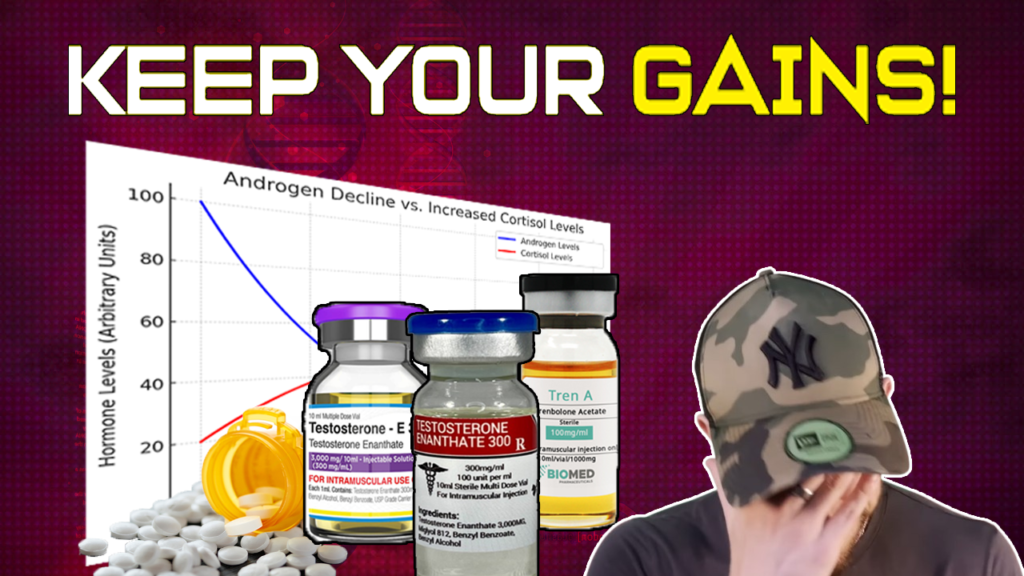The ultimate fat loss guide
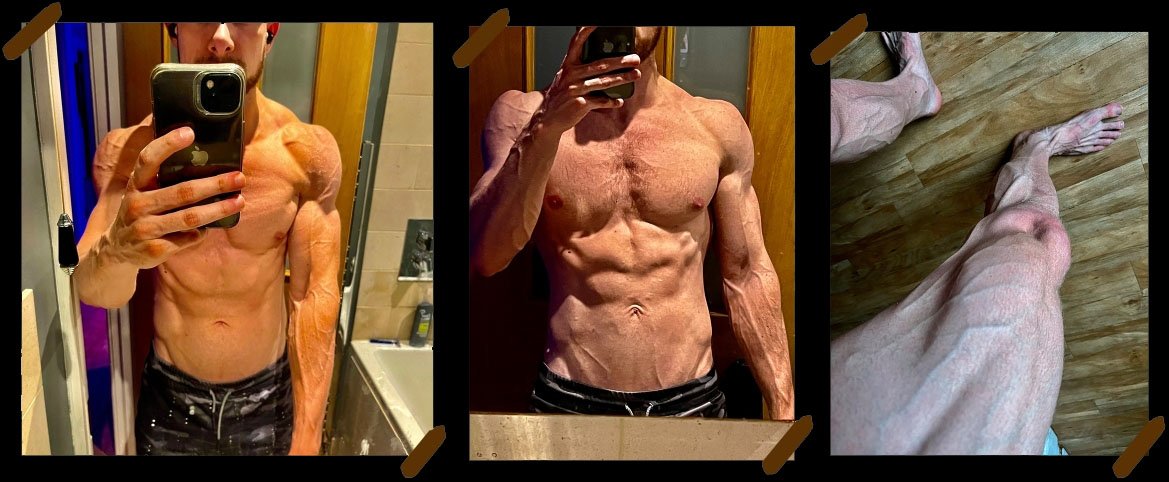
Who this is for
This is for anyone with the desire to lose weight and feels they are ready to make an effort and do what it takes.
I get it… it’s something that’s easy to put off and come up with excuses and justifications about why you don’t need to do it.
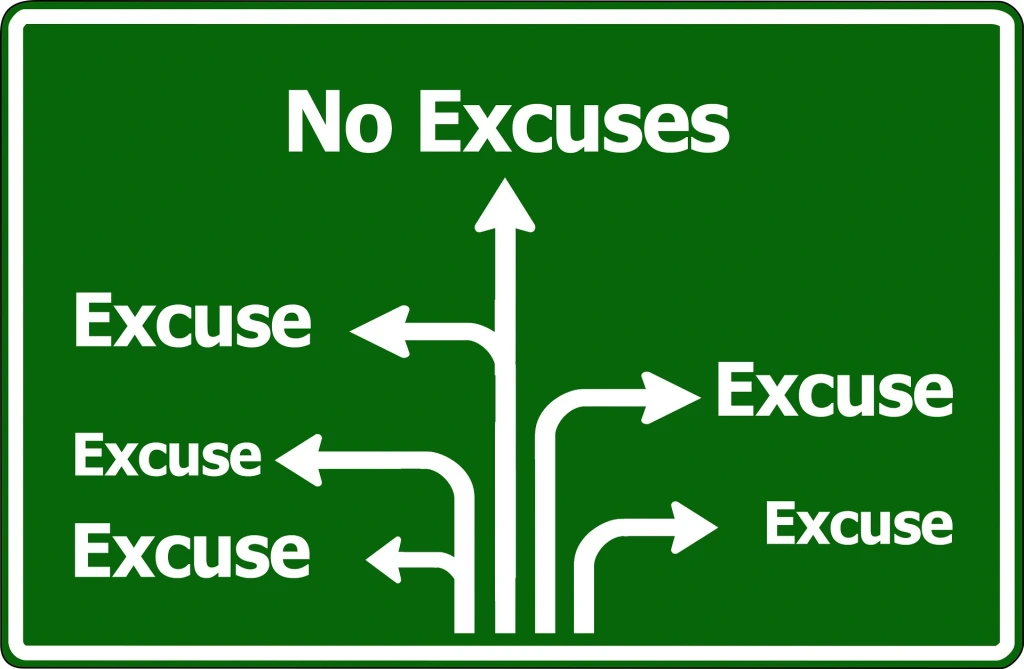
Common excuses
Here are some of the most common excuses and rationalisations people usually have to avoid starting a diet…
It’s not the right time…
So when is? The truth is there’s no perfect time and the sooner you start the better. Every day you put it off is just going to increase the amount of work you need to do. Don’t wait for some arbitrary date like the new year to start… just get it done.
I’ll start tomorrow…
You said that to yourself yesterday…
I’m not THAT overweight…
Maybe not overweight, but if you’re reading this then it’s likely that some part of you, either consciously or subconsciously, isn’t happy about your current state.
It’ll take too long and/or be too difficult…
This could well be true depending on how overweight you are and what your goal is… but nothing worth having in life is easy, or else everyone would have it and then it wouldn’t be worth anything.
…or any other excuse you can think of to avoid starting.
Making a commitment to better yourself, especially a commitment that’s going to take a substantial amount of time, effort and willpower isn’t easy.
Quite often the hardest part of any big change is just making the decision to start. Once you begin, momentum will start to build, results will slowly come, and that will be more than enough motivation for you to keep going.
The whole ‘abs are made in the kitchen’ line isn’t a joke, the problem is a lot of people claiming they want to lose weight aren’t serious enough about it and/or completely unaware of what they are putting into their mouths… I believe that having this awareness is an essential first step of any successful fat loss phase.

What to expect from this guide
This guide will give you the basics as well as some more advanced material to speed up your transformation and make is as simple and easy as possible.
It will be on a need-to-know basis and I won’t be overloading you with excessive science or material that will confuse you, because that’s very likely going to make things worse, not better.
This guide will give you the basic understanding, tools, the how-to as well as some mindsets and hacks that have helped me transform my own body multiple times to 6% bodyfat.

How does fat loss occur
In a sentence, fat loss can be simplified and broken down to this…
Fat loss = Calories in < Calories out
The body is forced to use its own stored fat as fuel WHEN you consume fewer calories than your body needs to maintain its current weight.
(ideally while preserving as much muscle mass as possible)
Remember, there’s no cheating the laws of thermodynamics.
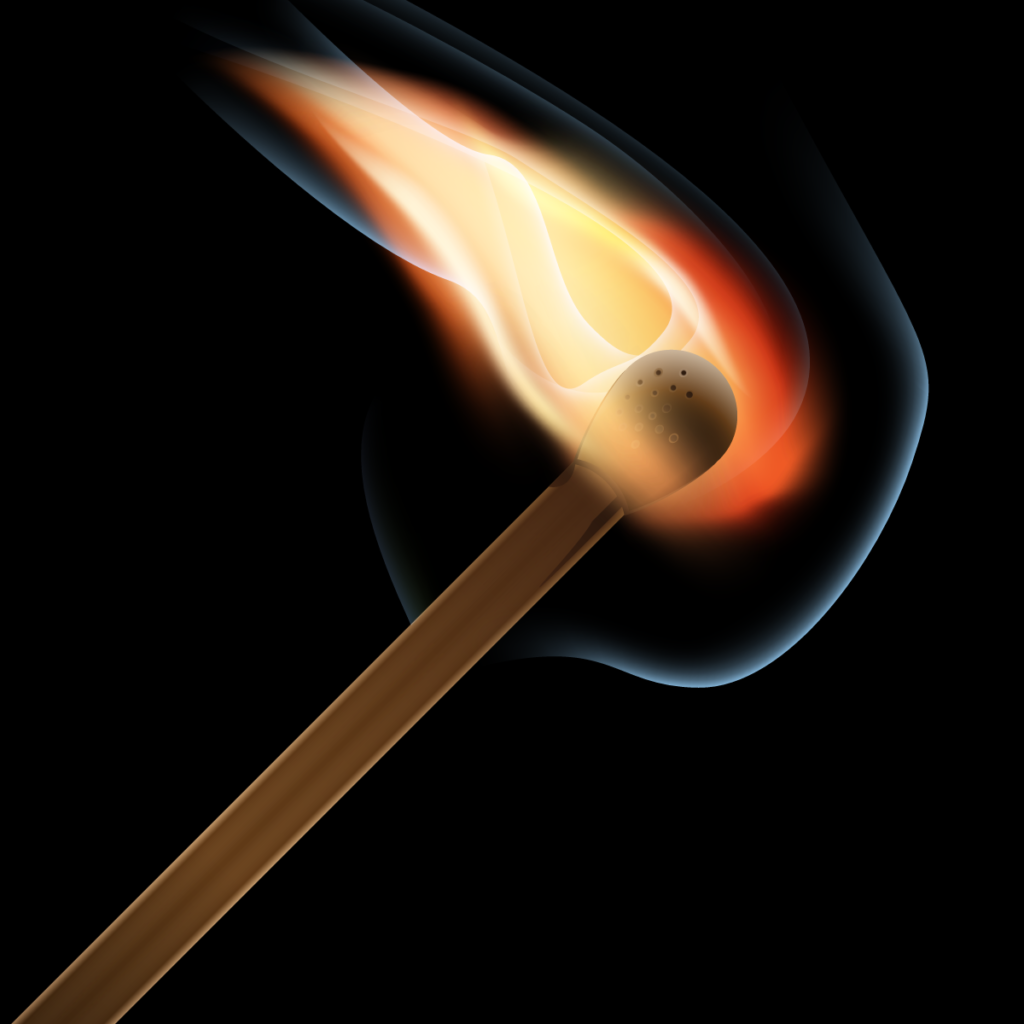
Calculating your total daily expenditure
So how many calories do YOU specifically need to be eating?
Input your stats into the linked calculator below and it will give you a rough estimate on how many calories you need to maintain, lose and gain weight.
https://www.musclehacking.com/calorie-calculator/
Here are my own stats input into the calculator as an example if I was trying to cut.
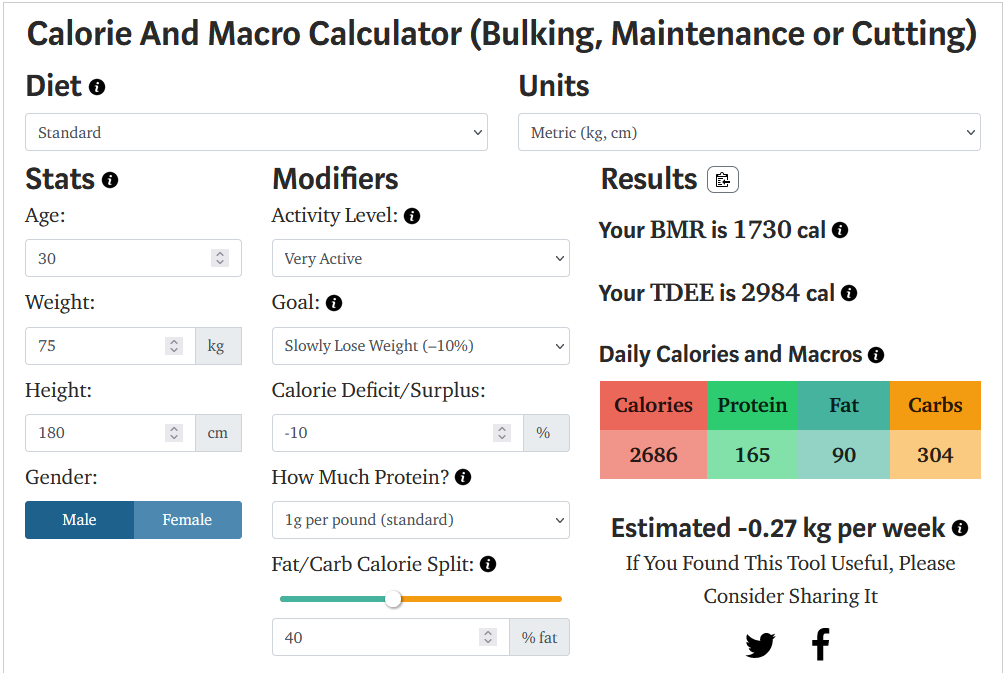
It’s worth noting that this is a ROUGH estimate and you’ll need to do a little bit of experimenting to find the exact figures.
This is easy to do, simply take the maintenance figure given by the calculator and see if you maintain, gain or lose weight.
Eat the amount of MAINTENANCE calories given by the calculator for a week one of the three possible outcomes will occur.
– You maintained weight – Great, the calculator is accurate
– You gained weight – The calculator is a off, reduce calories by 100 per day for a week and re-test.
– You lost weight – The calculator is off, increase calories by 100 per day for a week and re-test.
Once you have your maintenance weight, you’ll need to start eating below that to begin the fat burning process.
I recommend starting with a -10% deficit every day, this will lead to about 0.25kg~ of fat loss per week.
When your weight plateaus – fat loss has stopped, and this means your new maintenance weight has also dropped, and a further reduction in calories is needed to resume the process. Therefore input your new stats into the calculator and resume the process.
If you are more overweight you can increase the deficit to lose weight at a faster rate, and by all means if you think you can do that – go for it. But be aware that faster and more aggressive cutting is more likely to result in DECREASES in strength, performance, mood, libido, sleep quality and INCREASE the likelihood of rebound bingeing and diet cheating. Particularly when you get <10% bodyfat.
| Deficit Amount | Average fat loss per week | Performance impact | Mood impact | Sleep impact | Rebound likelyhood | |
| Low (-10%) | 0.25kg~/week | Minor | Minor/unnoticable | Low/none | Low | |
| Moderate (-20%) | 0.5kg~/week | Tolerable | Noticeable | Slight | Moderate | |
| High (-30%) | 0.75kg~/week | Drastic | Moderate | Moderate | High |
As you would expect there’s an inverse relationship between how aggressively or non aggressively you cut calories and the impact it has on other aspects of your life.
By all means experiment with more aggressive cutting, but from what I’ve seen its generally unsustainable and leads a familiar cycle of…
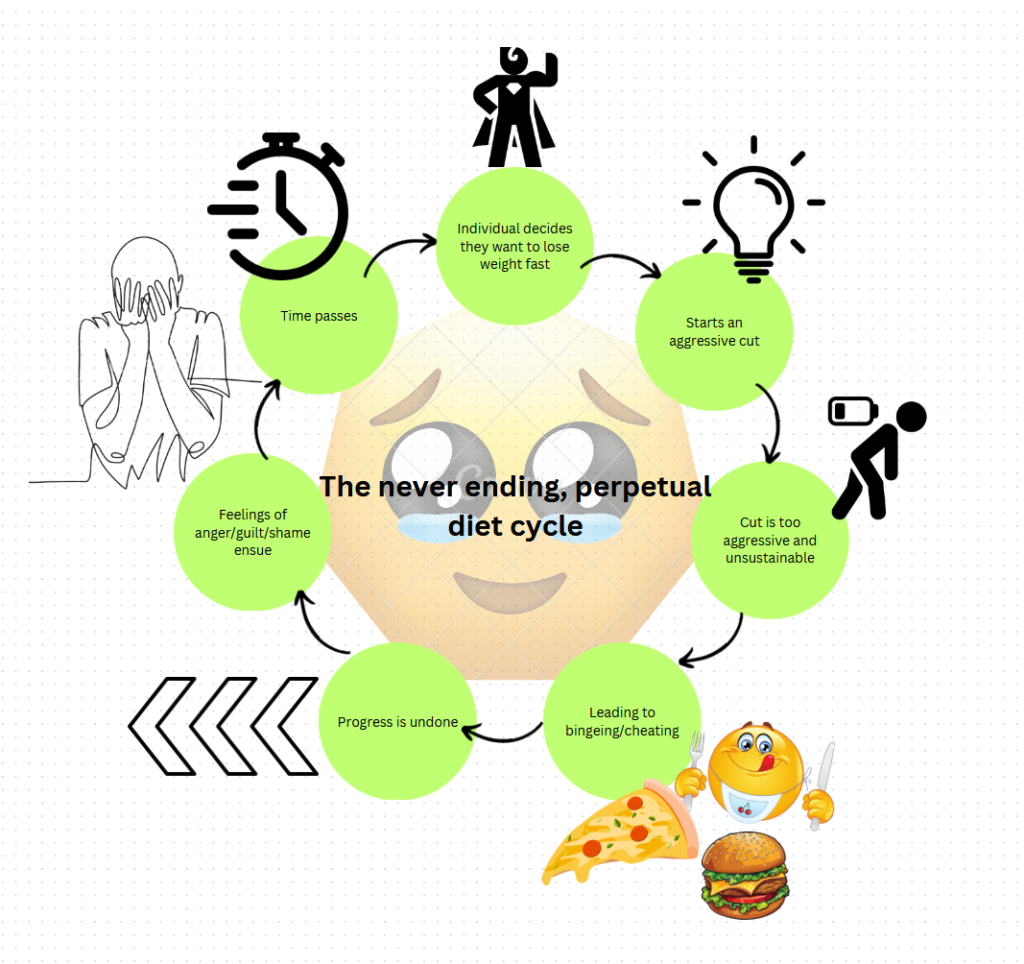
Look familiar? Yep, we don’t want you to be this anymore.
When it comes to dieting and losing fat you need to play the long game… the more sustainable game, and the game that’s going to let you see results in a manner that you feel good about, results wise, but also mentally and physically.
Diet
So what should you be eating?
One of the misconceptions is that in order to lose weight you need to radically overhaul your current diet and by all means if your current diet consists of fast food, sugar and greasy pastries… then yeah you do. But if you have a healthy balanced diet, then you can just reduce the portion size of what you are currently eating to drop weight.
Protein
Proteins are broken down into amino acids, which allow the body to maintain and build muscle and strength. If you are in a calorie deficit your body will cannabalise it’s own muscle to use as fuel if protein consumption is not adequate… not good.
A good amount to aim for is 2g per KG of bodyweight . For a 80kg man, 160g of protein needs to be consumed daily to retain as much muscle mass as possible, for a 50kg woman, 100g.
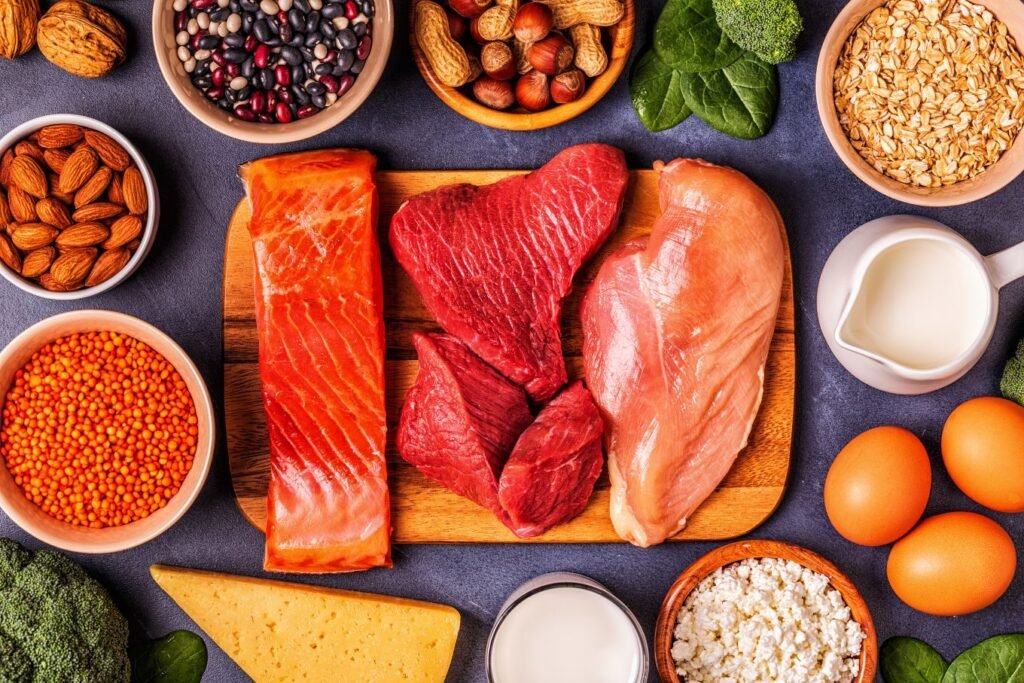
Carbohydrates
Carbs are your bodies main energy source and should be the main target of reduction when cutting weight. You dont need to completely cut them out, but they should be the first things you reduce the portion size of. Carbohydrate sources include, potato, oatmeal, rice, pasta and bread.
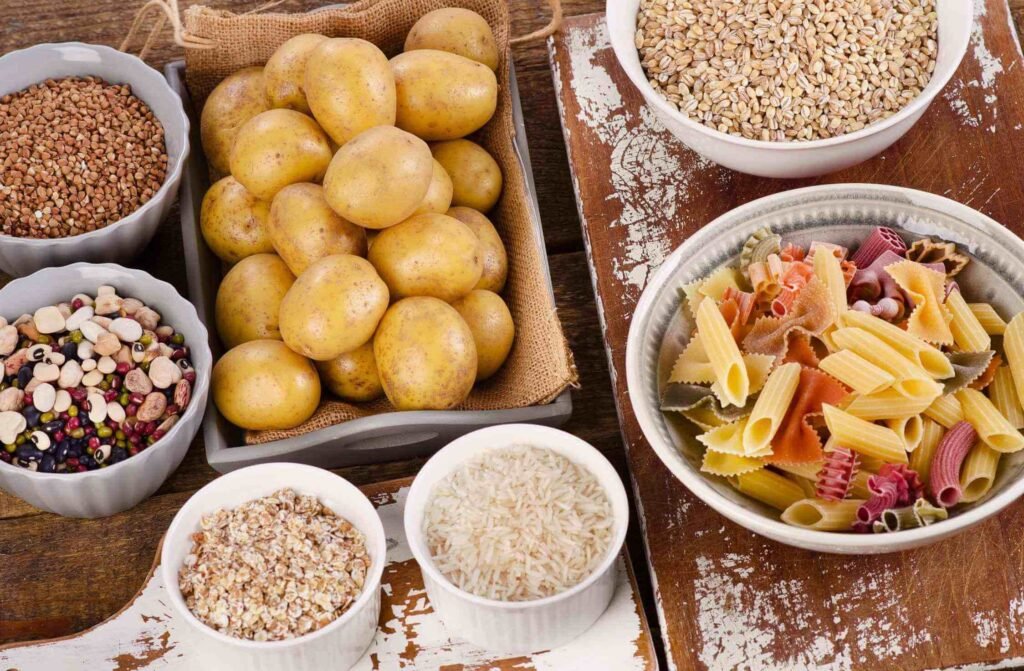
Fats
Although it seems counterintuitive – It’s important to eat fats for growth, development and regulation of cell functions that give the body essential fatty acids. In turn this helps the body to absorb and transport key, fat-soluble vitamins A, D, E and K through the bloodstream to where they are needed by the body.
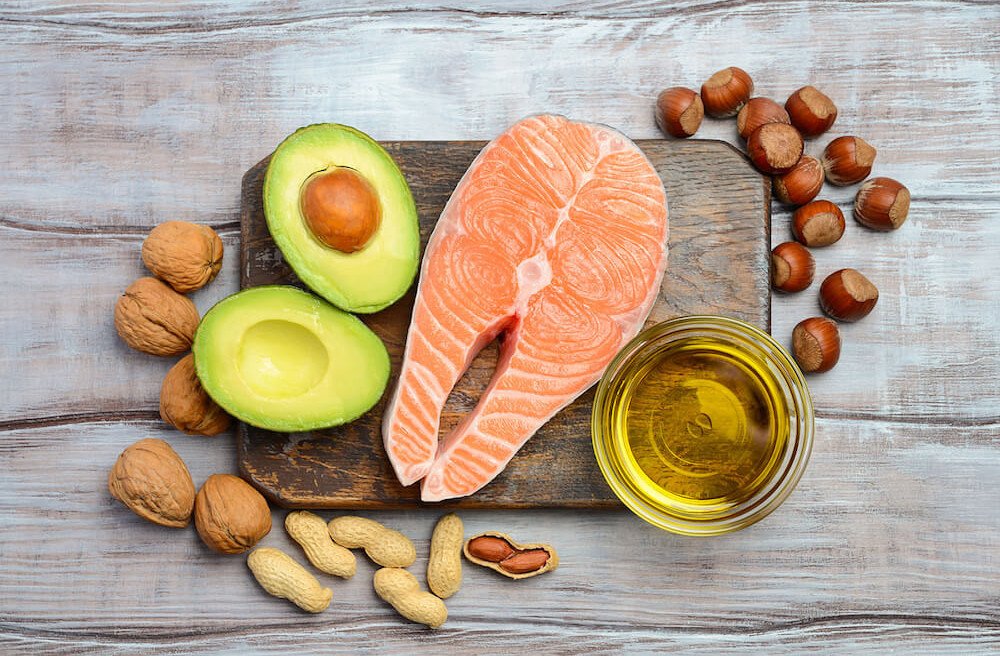
It also plays a key role in forming steroid hormones needed to regulate bodily processes.
Healthy fats are found in foods such as fish, oils, nuts, cheese & eggs.
Cutting fats vs. Cutting carbohydrates
The two constance when cutting are your calories – which are in a net deficit, and your protein – which in grams, needs to be kept as close to 2g per KG as possible.
This means that fats and carbohydrates are variables.
Some people prefer more of a keto-style with higher fat and low carbs, and some prefer lower fat and moderate carbs.
There are advantages and disadvantages to both.
Higher fats, lower carbs
Some people report feeling better with higher fats. This is likely because you are providing your body with more ‘building blocks’ for key hormones as well as mineral/vitamin transportation and absorbtion.
However some report gym performance and physical energy suffer, this is because muscles require glycogen to function optimally and when carbohydrates are restricted too much physical output can be reduced.
Another thing to consider is that 1g of fat contains 9kcals, whereas 1g of carbohydrates contains 4kcals – so the volume of food you’re allowed to eat, to adhere to the deficit will be much less.
Higher carbs, lower fats
The advantage of having more carbs and fewer fats is that gym performance and energy levels tend to be better, as you are providing your muscles more glycogen to operate optimally.
Fewer fats can mean that you don’t feel as good outside the gym, which could be because you are consuming less ‘building blocks’ for key hormones.
Another disadvantage of carbs is that they can cause rapid weight flucuations and more sodium retention, this temporary water weight can appear as fat and be discouraging.
Cheat meals and calorie surplus days
Cheat meals are very individualistic, meaning for some they can increase cravings and make bingeing in the future more likely, but for others they can act as a well-deserved reward, and allow one to maintain sanity during a prolonged caloric deficit.
My advice is to experiment with cheat meals to find what works best for you. You’ll need to be mindful and carefully monitor your cravings post-cheat meal and then make a personal decision on whether its helped or left you wanting more and increased your cravings, making it more difficult to adhere to a clean diet going forth.
It’s important that you are honest, it’s very easy to delude yourself and undo good progress.
If you are going to have cheat meals, plan it and schedule it in advance. Don’t just have one because ‘you’ve been good’ and ‘feel like it’ – this just builds bad habits, and you are training yourself to be a slave to impulses.
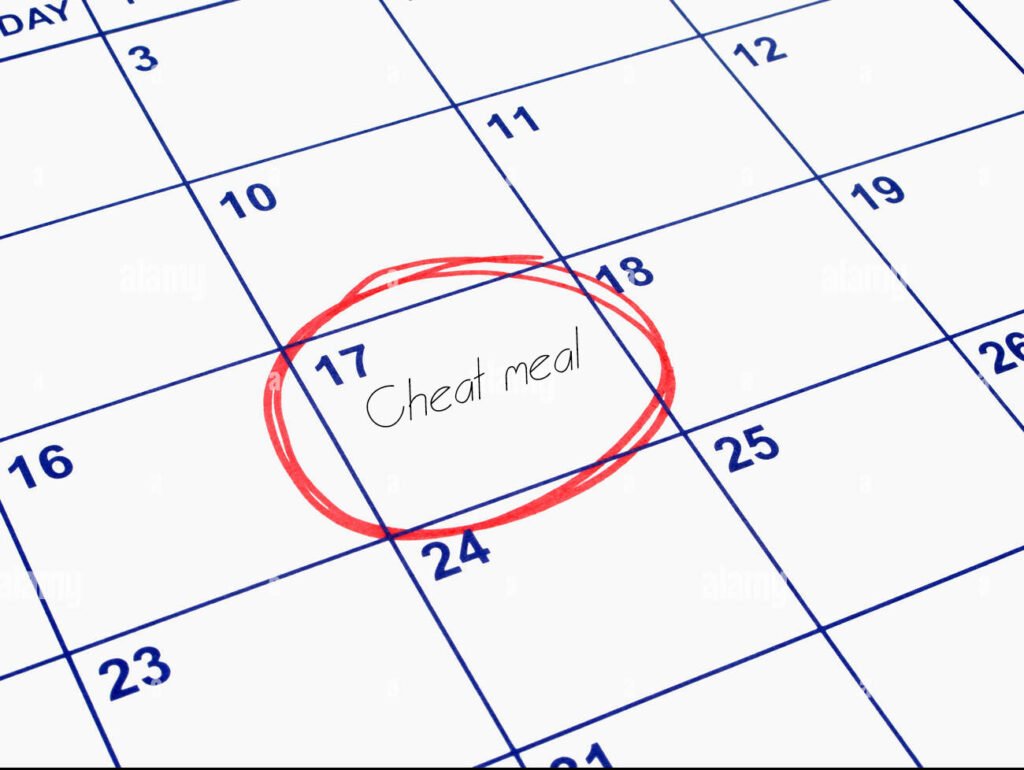
I was going to add an image of some candy or pizza but I won’t because it might tempt you to go eat some 😉
Making cheat meals conditional
A good way to incorporate cheat meals is using a carrot & stick approach.
For example – reward yourself with a cheat meal if you’ve met your calorie goals for the week and done at least 7000 steps per day. This carrot on a stick approach tends to work much better and can improve motivation and make you feel rewarded while also seeing results.
Be sensible with cheat meals. Keep it reasonable and proportional and always keep the fact you are trying to lose weight in mind – remember everything is pointless if you have a 1500 calorie-mega-junk-food binge in one sitting, that you essentially undo all your good progress you’ve made all week.
The cardio sessions you did are now time wasted, and all the food cravings you’ve resisted are now for nothing.
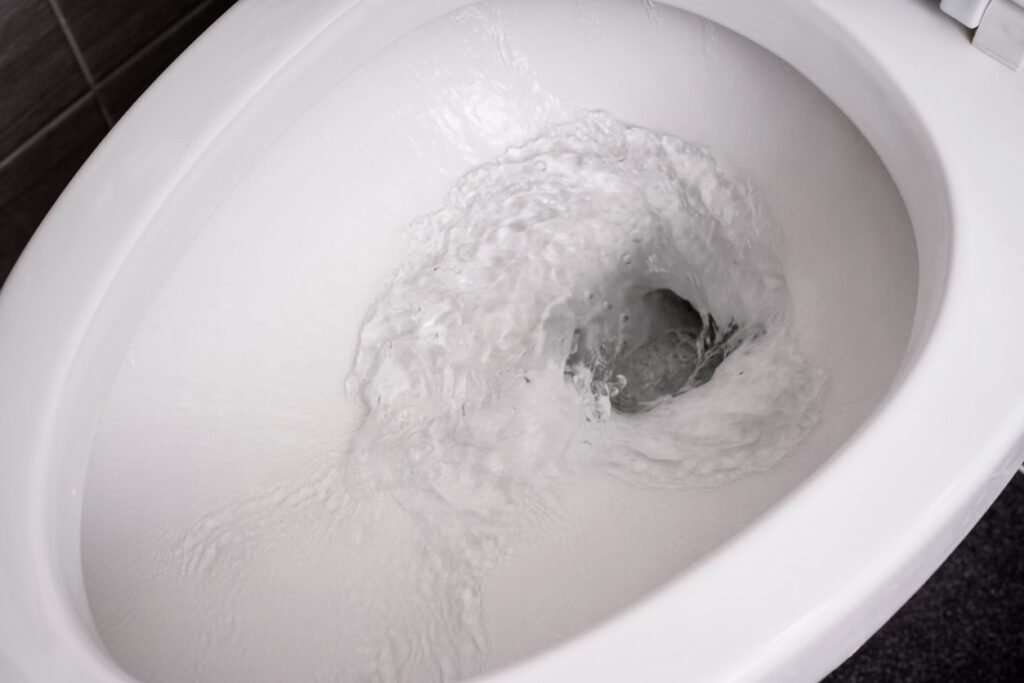
…Your dieting progress, cardio sessions
and resisted food cravings…
Drugs
Disclaimer: I don’t recommend touching drugs unless you are already lean, have weighed up the pros and cons for yourself and done adequate research so you know what to expect.
I would consider lean <12% bodyfat for men and <20% for women.
When it comes to weight loss chemistry, there’s a few classes of drugs you can use – direct fat burners, appetite suppressants and thyroid stimulating hormones.
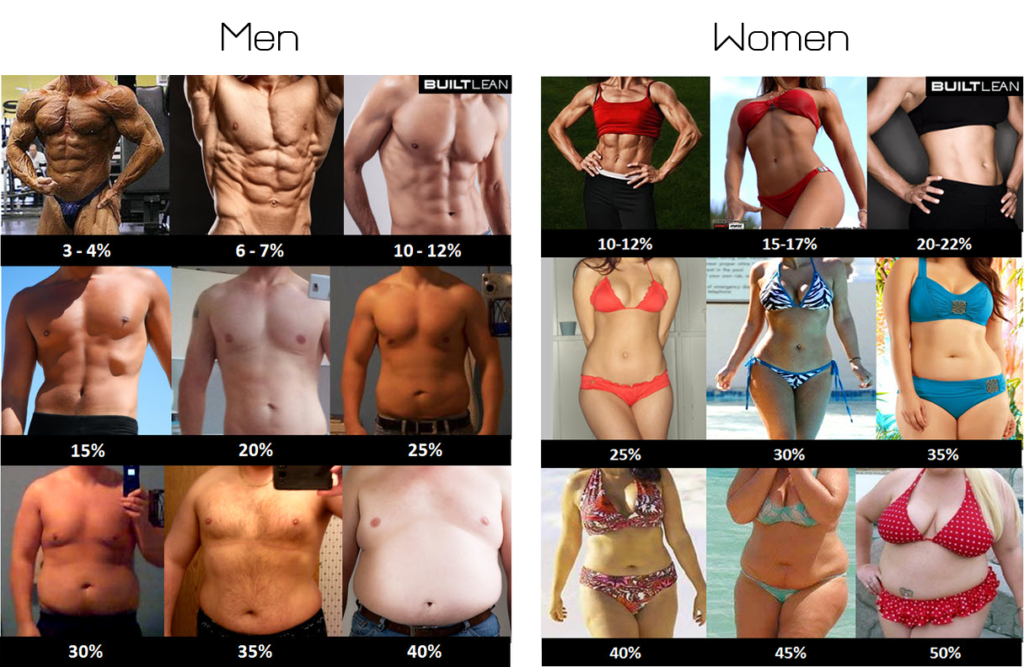
Full guides on how to use fat burning chemistry here
Mindsets
Here’s a few mindsets that have helped me when I’m deep into a cut and struggling.
The body as a machine
Your body is essentially the vehicle that you move through this life with, you only have one and most people take it for granted, abuse and neglect it.
For me if I think about my body as a machine something changes, I start asking different questions such as…

How would I want this machine to operate as best as it can?
What type of fuel would I be giving this machine?
How could I make this machine as strong and fast as possible?
Would you feed it garbage that will cause decay…
…or would you give it the best fuel possible so it can be optimal?
Past, Present, Future
Do your future self favors.
The present version of you is in the situation it’s in because of the choices the past version of you made.
Don’t you wish your past self made better choices for you?
Do yourself a favor and make the right choices now so your future self will thank you.
This is hard to do because we don’t think of our future selfs as the same person, when you try and do so it just seems so abstract and theoretical. It’s also subject to our own rationializions, excuses and confirmation bias.
We never really think about that, in the not so distance future, this imaginary future self will be our current self… So unless you want your situation to get progressively worse – Do your(future)self a favor now, so that present you can look back and say… I’m glad past me made all those right choices!
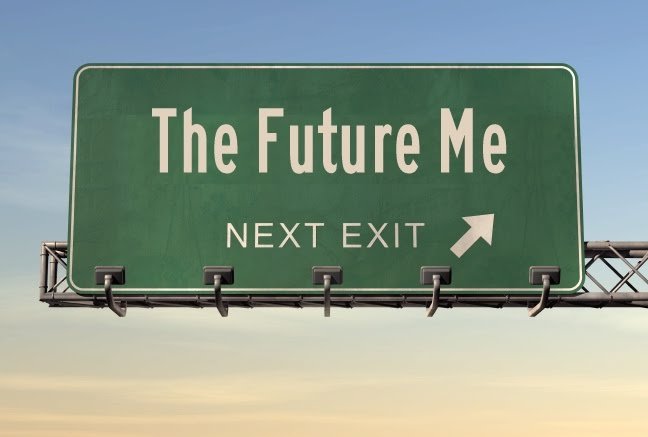
So set yourself up for success and make the right choices now.
Setting goals
It’s important to have goals so that you have something to work towards. The more clarity the better, but quite often it isn’t always clear and you can find yourself saying things like… ‘I don’t know how much weight I need to lose’
If this is the case, the best thing you can do is just start.
For myself now, I rarely set a scale-weight goal, I go with the…
‘I’ll know it when I see it in the mirror’ approach.
If this is the case for you too – set smaller goals. For example…
‘I want to lose 2kg in the next 30 days’
This means you need to lose 0.5kg per week, which will require eating around 20% less calories, or being 20% more active than you are currently.
Just saying something like ‘I want to lose 10kg’ is daunting. A better approach is to break the process down into micro goals in the form of daily achievable ‘wins’.
These wins stack up, making you feel good and boost motivation.
For example if your maintainance is 2500 calories and you’re in a fat loss phase – your daily goal is to eat >2300 calories and do 20 minutes of cardio. Today is the only battle you need to win. Don’t scare yourself away from even starting by look at the long road ahead.
Hacks
As much as I hate the term ‘hacks’ in the realm of dieting, there’s some easy-to-implement strategies to make the process much easier, feel like less of a hassle and make you as failure-proof as possible.
Keep ‘bad’ food out of the house
Junk food, just dont buy it. Seems like a no brainer but it’s often overlooked… If you don’t buy foods that’s counterproductive to your weight loss goals… then you can’t eat food that’s counterproductive to your weight loss goals when a craving comes…
Imagine this scenario… you’ve had a stressful day, you’re already in a more vulnerable state due to dieting… and you bought some cookies last time you went to the store… You convince yourself that one cookie will make you feel good, and you’re right, it will… but chances are you’re going to have more than one cookie and undo days of dieting progress purely out of poor impulse control.
If you were more conscious while shopping and didn’t buy those cookies in the first place, you give yourself no option even cheat even if you wanted to.
Of course, it’s still possible to leave the house… walk to the store with the intention of buying and binging on cookies even though you know that you are supposed to be dieting.
Hopefully though, this creates a big enough ‘stop gap’ for you to snap out of it and give your rational brain chance to catch up and stop you.
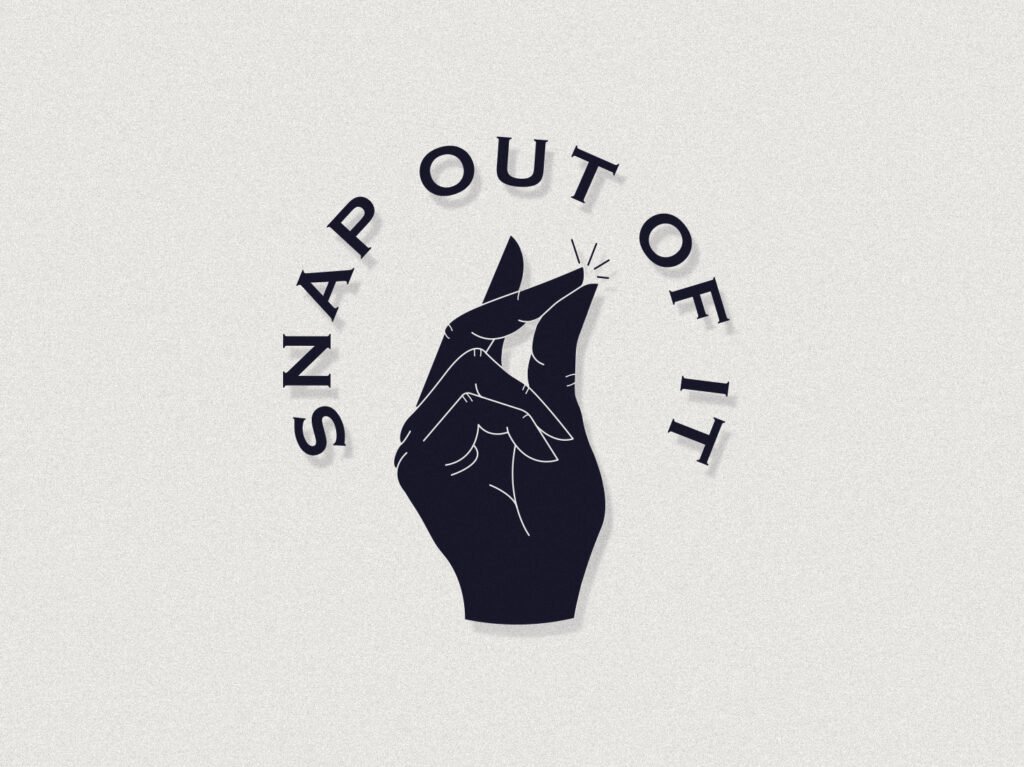
On the same note of shopping, I find that grocery shopping after a meal when I’m less hungry makes it much easier to resist buying bad food. Remember, our brains are evolutionarily wired to seek out calorie-dense sweet foods so resisting these whilst shopping hungry is naturally harder.
Accountability
It’s no secret that having other people hold you accountable to goals, makes the process easier. My advice if you are serious is to tell friends and family that you are on a diet. You don’t have to go into why if it’s personal but when you make others aware, you will be more likely to stick to a goal.

If they then ask weeks or months later “so how’s that diet going?” and you’ve made no progress… you will feel guilt and shame knowing that you’ve failed yourself and what you set out to achieve.
Knowing this will subconsciously create a healthy pressure, and make you more likely to stick-to and achieve the goal set.
You can be more hardcore about it if you like, if you have a close family member or friend. Have them text, call or ask you daily at a certain time and let them know how its going. If you’ve done your cardio, if you’ve adhered to your deficit etc.
If you want me to hold you personally accountable, check out my coaching service.
Food substitutions
There’s a few easy food replacements you can do that can significantly lower the amount of calories you consume.
One of which is soda to diet soda. A 330ml can of coke contains 140 calories of pure sugar. Not ideal when an almost identical can of coke zero exists containing 0 calories. The sugary nature of the original also can trigger unwanted sugar cravings.
You can also replace regular chocolate bars with protein bars, they tend to have fewer calories and contain a nice 15-20g of protein which is beneficial to retaining muscle mass and strength.
A personal hack of mine is to replace crisps with popcorn. Typically crisps are soaked in bad oils which makes them very calorie dense. Popcorn in comparison is very light and you can eat much more volume for the same caloric total.
(IMAGE OF COMPARISON BETWEEN POPCORN VS CRISPS)
Another key advantage of popcorn is the time it takes to eat.
It takes much longer to eat a bowl of popcorn than a bag of crisps or a chocolate bar. One major advantage of this is that, it can give enough time for leptin to raise and lower hunger levels, preventing you from mindlessly bingeing.
It would take you about the same amount of time to eat 3-4 mars bars containing 1000+ calories as it would take you to eat a large bowl of popcorn containing about 240 calories.
(IMAGE OF COMPARISON BETWEEN POPCORN VS MARS BAR)
Action Steps
If you just want to be told what to do here it is.

1. Ditch the victim mindset and set a goal.
If you believe you can’t do something for whatever reason, then you wont even try. The truth is, everybody has the ability to get into better shape and if you think otherwise – you’re just LAZY!
It’s important to set a goal before embarking on any transformational journey. Having a clear goal you can go back to look at, will reinforce your why and vision when you are having bad days and feel like deviating from your diet/fitness plans.
Even if your goal is “to lose weight” that’s fine too and more than enough to get started and move in the right direction.
2. Calculate how many calories your body needs to maintain its current weight.
If you plan on losing weight, its important to know how many calories you need to be consuming in order to actually lose weight. We do this by first finding our maintenance then adjusting accordingly.
Refer back to this section of the guide
Find your maintenance using this calculator – https://www.musclehacking.com/calorie-calculator/
Track your caloric intake and aim for -10% less than your maintenance.
3. Start removing and replacing problematic foods.
Its time to replace the full sugar sodas, stop buying frozen pizzas and get your fat fingers away from that damn donut!
This is it, where rubber meets the road. If you stop buying shitty food, you can’t eat shitty food. It’s as simple as that. If you are at the supermarket and you remember this, it will act as a good test as to how serious you are or not.
4. Start incorporating physical activity.
Although weight loss can be done through diet alone, physical activity can certainly speed up the process and give you some leeway in terms of diet. Download a step tracking app and aim for 5k daily – this is about 220kcals worth of movement and can be casually walked in about 45 minutes. I would do 15 minutes on a lunch break and 30 minutes in the form of a few laps around my block before bed. If you don’t enjoy walking, music and podcasts can make the time fly by much faster. You can also cycle or swim if you enjoy that over walking.
(IMAGE OF STEP TRACKER)
Weight training doesn’t burn as many calories as you would expect. Depending on volume a session will burn an additional 100-200kcals.
Something more isolated like an arm or shoulder day being on the lesser end, and legs or a full body routine naturally being more.
5. Track your progress and adjust accordingly
Theres a saying that goes something like… ‘what gets measured, get improved’
When it comes to losing weight and getting into better shape the main KPI (Key Performance Indicator) is your scale weight, which should be slowly decreasing as you progress.
Weighing yourself daily in the morning is ideal and noting down your weight and calories consumed the previous day in a log. I use excel for tracking purposes.
The metrics I track are – Calories eaten, steps done and my weight. I average out my weekly calories and weight to avoid getting disencouraged by small daily fluctuations and to get a more zoomed out picture of things to see if im on track.
Downloadable tracker
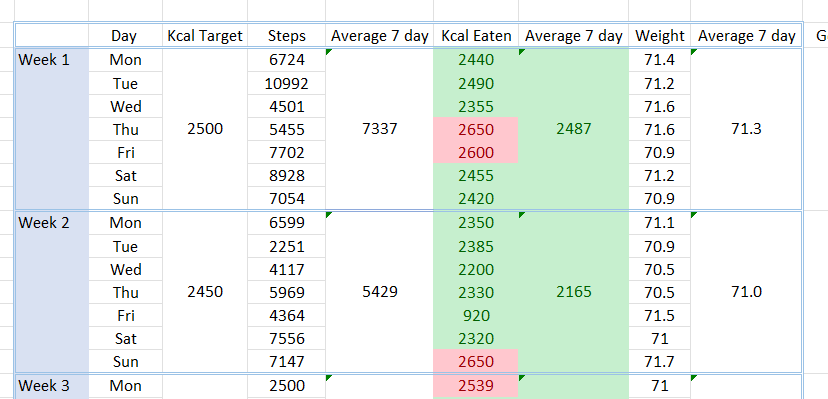
(Click to expand)
This way you can see how much you’ve eaten and whether or not your weight is dropping as a result, or if you need to further reduce calories.
Something to note here is that it’s best to look at weight loss on more of a macro scale, because there are other factors aside from bodyfat levels that determine your weight day-to-day. The main one being water weight which can flucuate, influenced by things like sweating in the night (or not),your hydration and sodium intake. So even though you have technically lost fat, you many be holding more temporary water and actually be heavier than the previous couple of days on the scale.
For this reason its best to grade your success on a weekly basis rather than daily. This will stop you panicing if you see your weight has increased over yesterday despite adhereing to your diet plans.
Closing thoughts
I know for a fact that anyone can get into better shape, and no matter how much I write the only person stopping you is you. It’s easy to make excuses but at the end of the day they’re all bullshit. You have complete control over what goes into your mouth or not.
Continue unconsciously eating a calorie surplus for months and years on end and you will get fat. It’s not something that happens suddenly overnight like you’ve been stricken by a terrible disease. It’s months and years of doing it to yourself and making bad lifestyle and diet choices.

BUT THERE IS HOPE!
Like most, if not all self-inflicted problems in life, this one can be fixed.
For some, the road will be longer than others, but using the material in this guide to help you, it will make that road to your goal as straight and smooth as possible.
